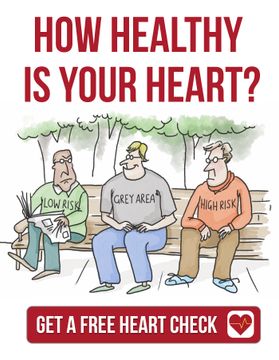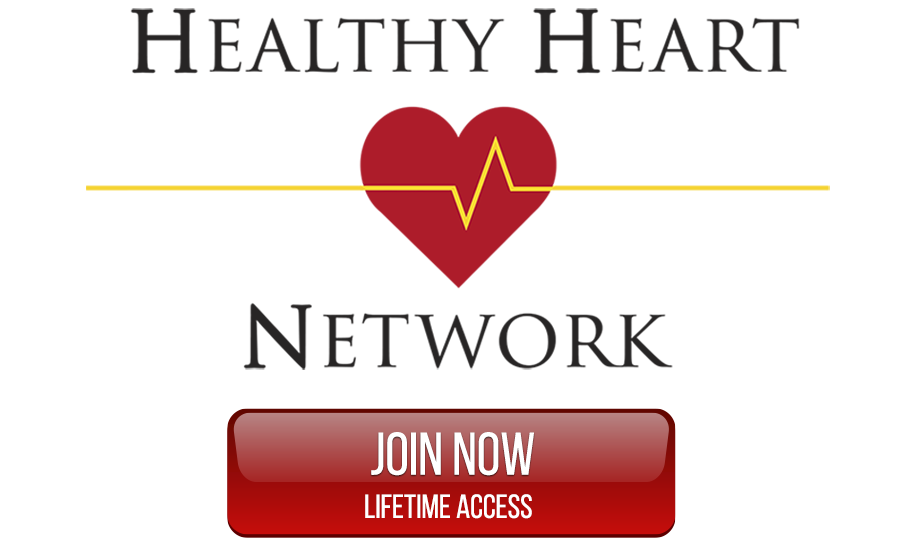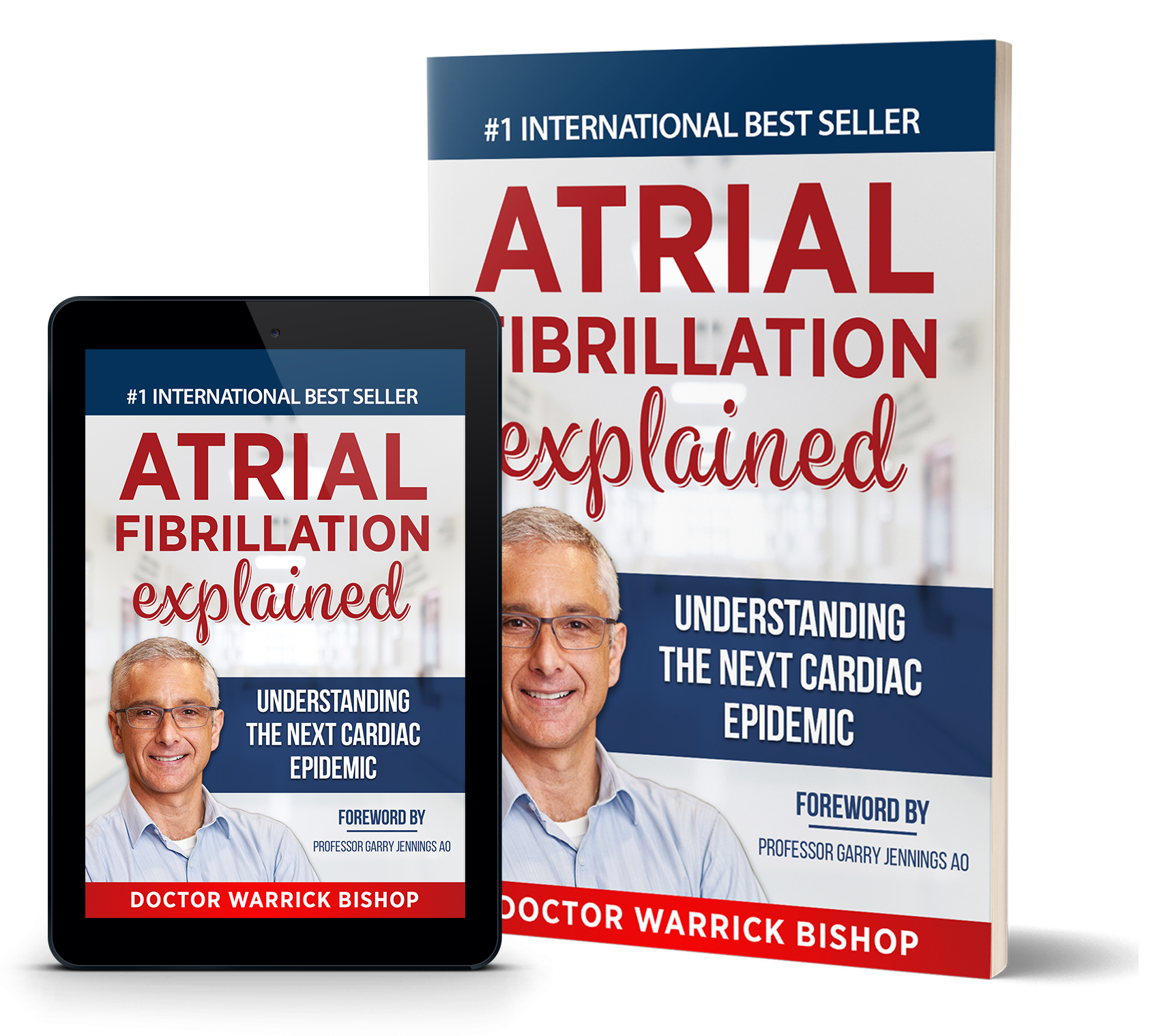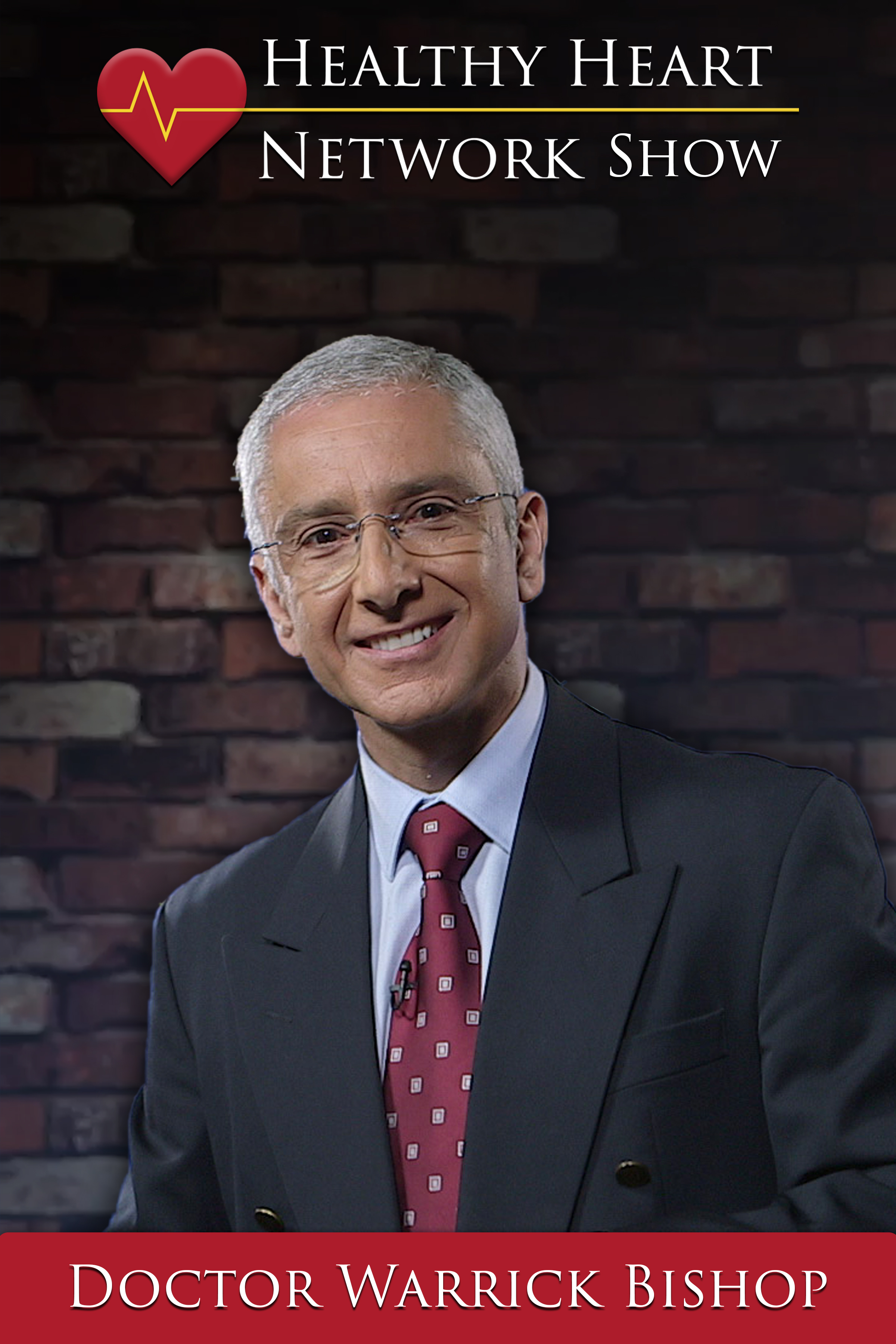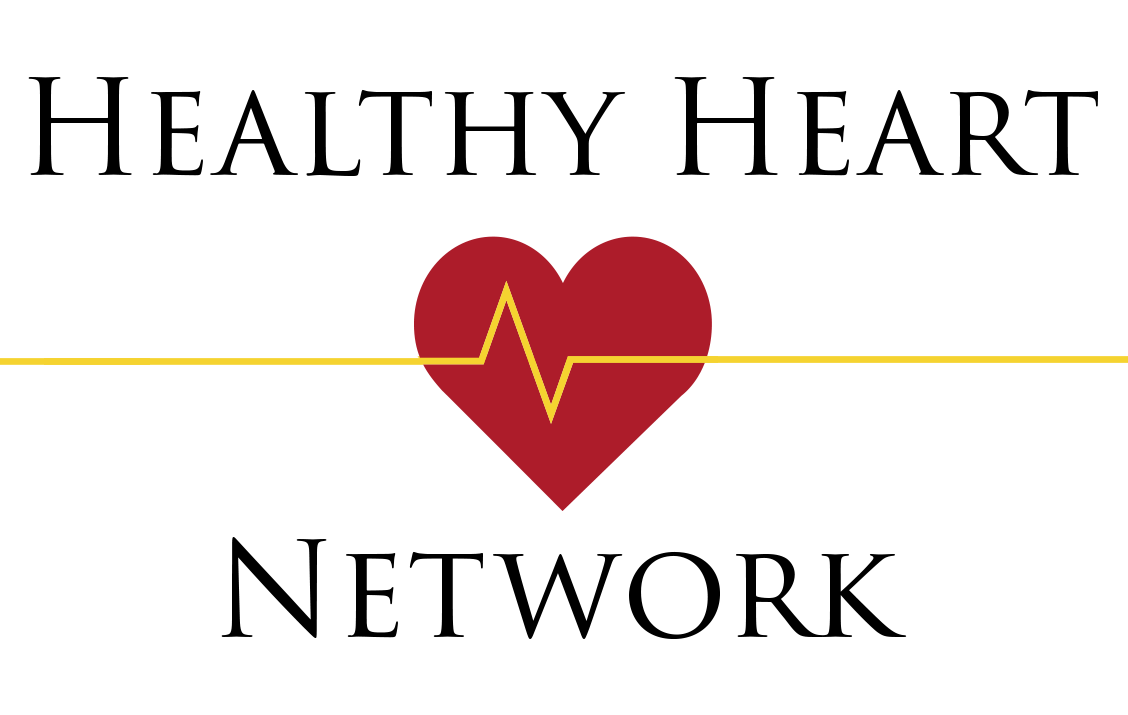Cardiac CT scanning is a fast, non-invasive CT imaging scan that provides you with a complete and accurate assessment of the coronary arteries of your heart. It’s a fast, accurate and safe way to exclude the presence of coronary artery disease or provide you with the earliest possible evidence of coronary artery disease (CAD). This is the term given to atherosclerosis, a hardening of the coronary arteries as a result of a build-up of plaque inside the artery wall. Cardiac CT scanning combines the expertise and knowledge of a Radiologist and a Cardiologist working as a specialist team.
How Cardiac CT Scanning Works
The latest technology allows doctors and specialists to see what previously could not be seen. Cardiac CT scanning uses a fast CT scanner to take a series of cross-section X-Ray pictures of your heart. These individual X-Rays are then combined to create a complete 3D picture of your heart and all its arteries. From a Cardiologist and Radiologist’s perspective, viewing this 3D picture is like seeing inside your body. It’s this, together with their specialist expertise, which enables the most accurate assessment to be made.
What To Expect From Your Cardiac CT Scanning Experience
Some up-front preparation. When you make your Cardiac CT scanning appointment, our nurse will ask a few questions and take you through some dos and don’ts. For instance: If you regularly take medication, you'll be advised which medications you should and shouldn’t take on the day of the procedure You’ll be asked not have any caffeine or stimulants such as coffee, tea, chocolate, coca-cola 12 hours before your procedure How Long Does The Imaging Take? Imaging takes around 10 minutes.
After that, the nurse will take you back to the preparation area and monitor your blood pressure and pulse for about 30 minutes. That’s it. A few brief instructions and some contact information, you’re free to go.
What Happens On The Day?
- Welcome. Our receptionist will let the nurse know you’ve arrived. You’ll then go to our preparation area to change into a gown, and the nurse will ask for some health history information and record your blood pressure and pulse rate.
- Getting ready. You’ll be asked to lie down and ECG leads will be placed on your chest. These leads allow your heart to be monitored throughout the procedure. An IV cannula will also be placed in your arm to administer a ‘contrast’ fluid. This highlights the arteries in your heart.
- Happy to proceed? The procedure will be fully explained and you’ll have the chance to ask questions. You’ll then be asked to sign a consent form stating that the procedure has been explained and you’re happy to proceed.
- A stable rhythm. Some patients, over a period of time, may require an oral medication, known as a beta-blocker, to lower the heart rate. A further dose may be given if the heart rate remains high.
- Your Cardiac CT Scanning scan. Once your heart is in a stable rhythm, you’ll go into the Cardiac CT scanning suite and lay down. Breathing instructions will be given and a spray of Nitroglycerin under your tongue to dilate your blood vessels. The imaging will then commence.
Getting Your Cardiac CT Scanning Results
Although the Cardiac CT scanning procedure takes a relatively short period of time, the hundreds of images that are produced are processed, photographed and assessed by our accredited Cardiologist, Radiologist and highly trained Technologists. As your Cardiac CT scanning scan is performed on a multi-slice CT, 3D images can be readily produced when required, improving the diagnostic information provided. Processing and then reporting the images by our specialist Cardiologist and Radiologist takes some time. A detailed report written by our Cardiologist and Radiologist will be sent to your referring doctor. To see and discuss your results make an appointment with your doctor.



